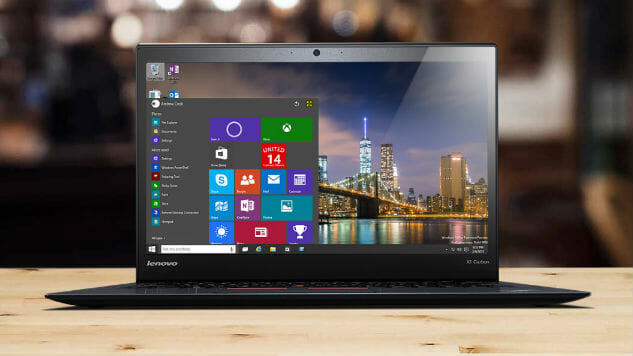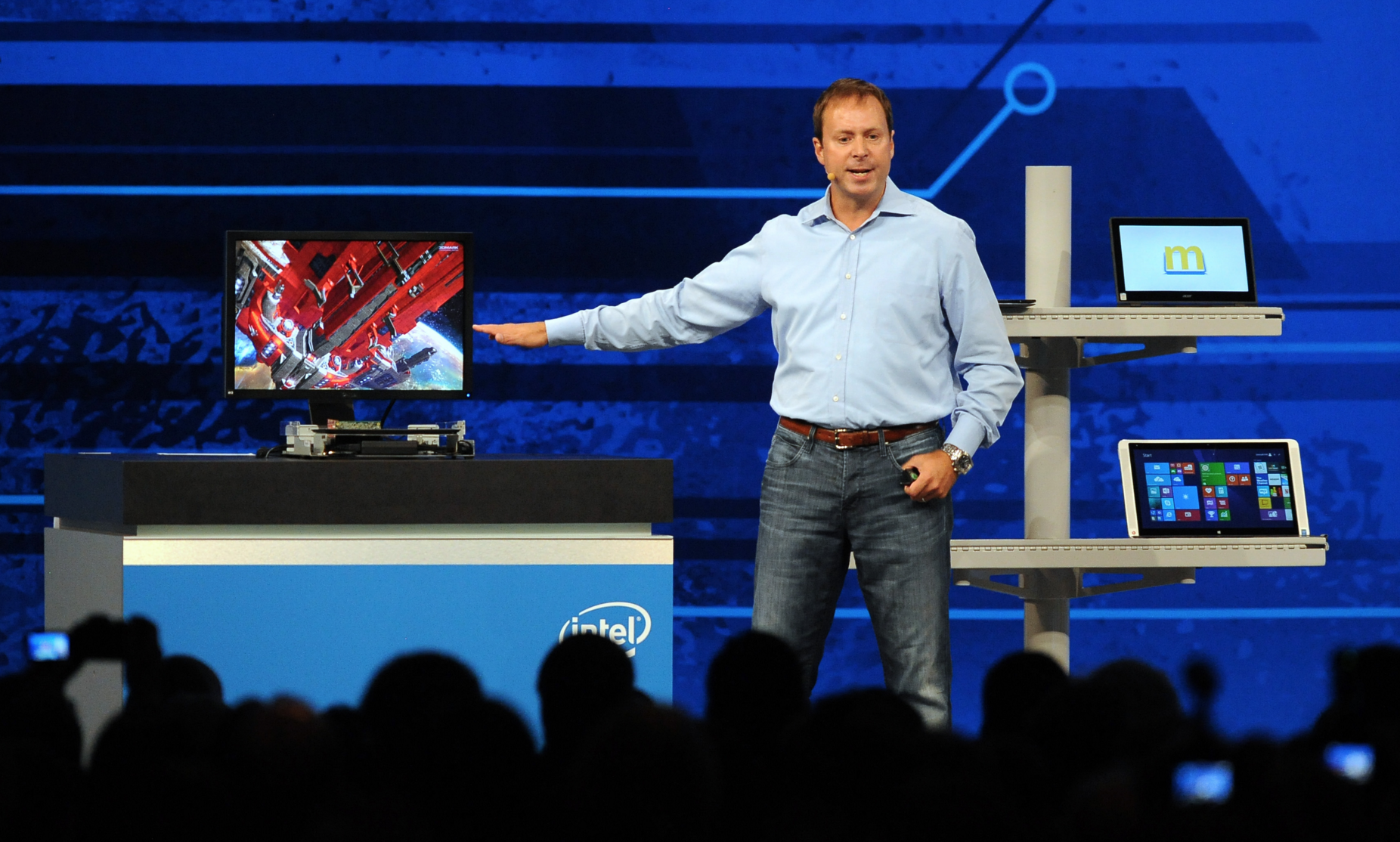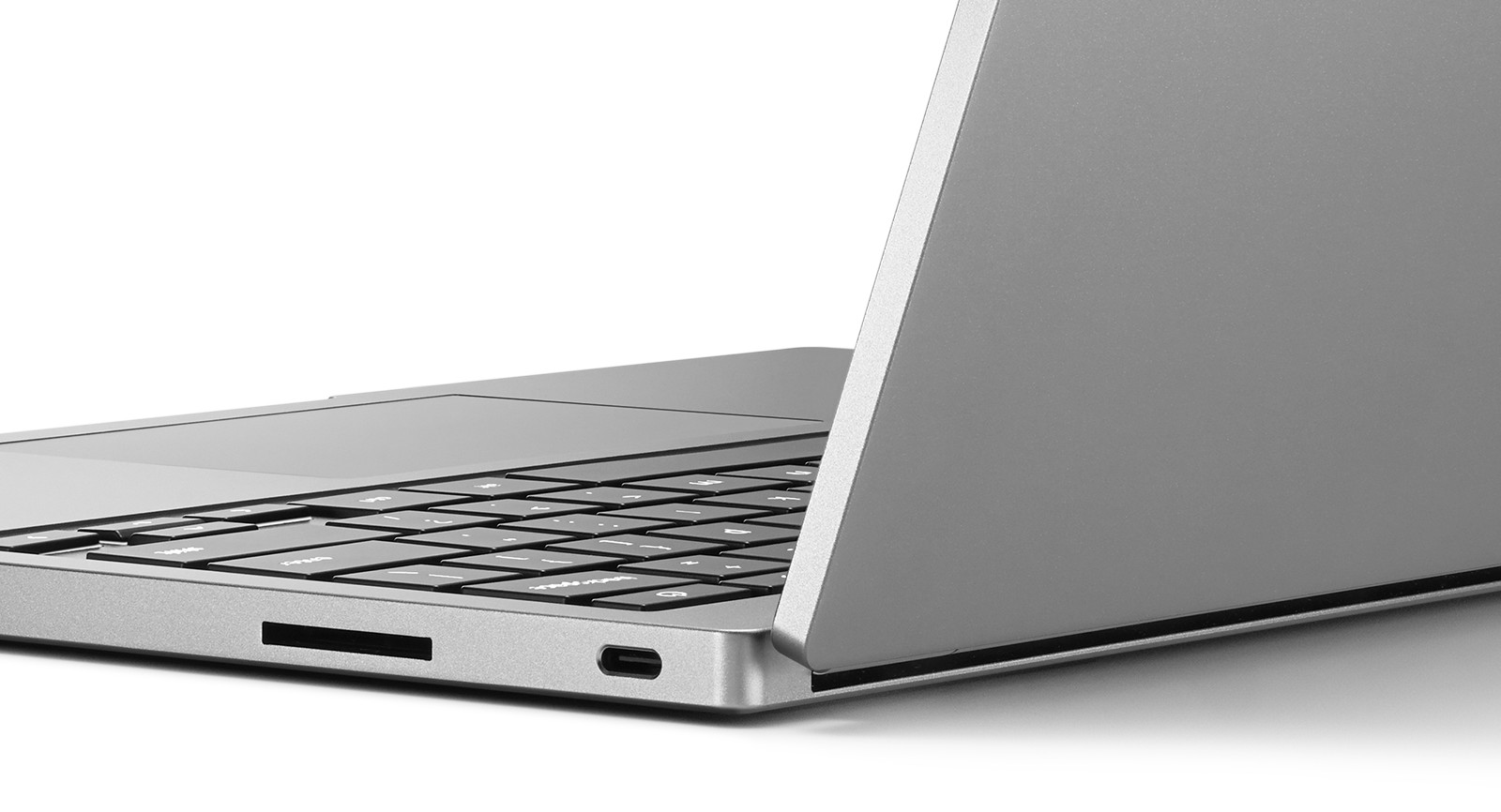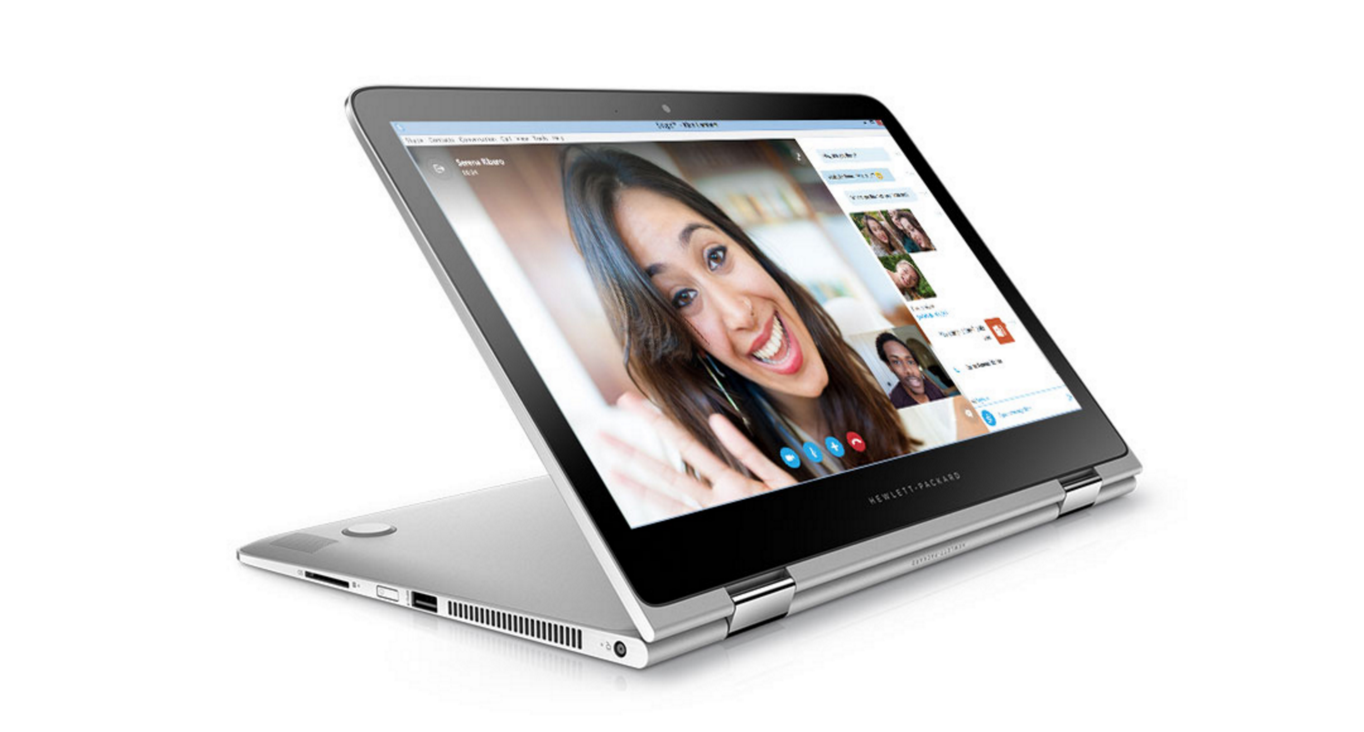
Every year, laptop manufacturers launch dozens of notebooks with the latest features to entice shoppers. Some of these features are daring, others are gimmicks that disappear without much fanfare.
We see a lot of the direction for the industry at CES, the annual tech show in early January. 2016 was no different, boasting novelties like latest connector types, the newest processors and the most advanced graphics capabilities.
However, not all the newfound technology will stick. Some of it will be superfluous, while others will just increase the weight or cost of your notebook. Before you go shopping for a notebook, consider these five trends that are shaping laptops in 2016.
While many of these technologies may seem futuristic now, we’re betting that a few of them will become standard on laptops in the not-so-distant future. So why not future-proof your investment today?
1. Intel Skylake

If you’re still using a laptop from five years ago, Skylake’s improvements will make you want to upgrade. The improvements delivered by Skylake won’t blow your mind if you own a laptop from a year or two ago, but if your system is more than a few years old, you’ll want to take note.
“Skylake delivers 2.5 times faster compute performance, 30 times better graphics and three times the battery life,” said Kirk Skaugen, senior vice president and general manager of Intel’s Client Computing Group, when comparing Skylake to a PC from 2010.
Translated, the new laptops that debuted at CES 2016 may be lighter and slimmer than laptops of yore, but they’ll come with more power and will last longer on a single charge. Another Skylake advantage is that you can power up to three displays at 4K resolution simultaneously at 60fps. When docked at your desk, you’ll be able to connect two additional 4K screens and get a multi-monitor desktop replacement in a very travel-friendly package.
If you’re buying a tablet, likely it will ship with a Skylake-based Intel Core M processor. Laptops, Ultrabooks and a few convertibles will come standard with an Intel Core i CPU, but if you want the power of a workstation, consider Intel’s quad-core Skylake Core i7 processor or the even more powerful mobile Xeon chip.
2. Convertible Design

Microsoft’s big bet on the Surface Pro line of tablets has finally paid off, and its OEM partners are taking notice. At CES 2016, we saw plenty of Surface-inspired designs with detachable keyboards.
These detachables, along with convertible laptops with screens that screens that can rotate 360 degrees, allows users to have one device that can easily transform between a laptop and a tablet, negating the need to travel with two devices. These devices include the Dell Latitude 7275, Samsung Galaxy TabPro S, and HP Pavilion X2 12.
Even as the tablet market continues to decline, forecasts released by IDC and Gartner suggest that convertibles will grow. Businesses will likely look to these devices as tools to help employees travel light and stay productive, as many of these devices run powerful Intel processors and are powered by Microsoft’s desktop-class Windows operating system.
Windows 10’s Continuum mode also comes with better support for convertibles. Continuum switches between desktop and laptop modes depending on how the devices are utilized.
Convertibles like the Lenovo ThinkPad X1 Tablet, Yoga 900 Business Edition and Dell Latitude 11 5000 Series shown first at CES 2016 will allow you to run desktop apps with the full power of Windows, ship with either a detachable or rotating screen so you won’t need to carry a separate iPad and provide you with a familiar laptop experience with a keyboard.
3. Thunderbolt and USB-C

Apple introduced consumers to the USB-C, otherwise known as the USB Type-C, connector when it debuted the impressively slim MacBook in 2015 with a single port. While the port is now appearing on business machines from Dell, HP and Lenovo, enterprise customers will want to look for Thunderbolt 3 support.
A few notebooks come with a special USB-C port that comes with Thunderbolt 3 support, which allows even faster data throughput when a compatible Thunderbolt accessory is utilized. The biggest draw for Thunderbolt 3 is that you can attach a graphics box to your desktop or laptop and instantly transform your system into a workstation with discrete GPU.
By itself, the USB-C connector without Thunderbolt 3 support also provides more utility to end-users. This versatile port is capable of delivering power to your laptop, driving video output to an external USB-C monitor and also serving as a gateway to connect peripherals and accessories, such as keyboards, mice, external hard drives and printers.
Acer, Asus, Dell and Lenovo also debuted a number of monitors with USB-C support, which means that a single cable connecting your laptop to the monitor will be able to drive video output and charge your laptop.
4. Security

If you’re buying a new business laptop in 2016, chances are, you’ll find improved biometric authentication. Most notably, Windows 10 comes with support for Intel’s RealSense 3D camera, which brings facial recognition as a way of logging in.
If you’re camera shy, then you’ll also find improved fingerprint readers on new laptops from Dell and HP. Inspired by the touch-to-scan designs on fingerprint scanners on consumer smartphones from Apple, Google and Samsung, these laptops allow you to press your finger onto a square-shaped reader to authenticate.
This makes fingerprint authentication easier than the old swipe-to-scan method, which required users to swipe their fingers over a thin strip to authenticate. The touch-to-scan readers are more accurate and are easier to use.
5. Screens: OLED, 4K and More “Squared” Resolutions

When HD televisions became popular, laptop manufacturers also followed the trend by releasing notebooks with 16:9 aspect ratio screens. However, with the popularity of the iPad and Apple’s Retina display marketing, we’re starting to see higher resolution screens and non-16:9 aspect ratios become standard on many convertibles and tablets today.
Even though early Windows convertibles followed the 16:9 standard, new Windows tablets take their inspiration from Microsoft’s Surface Pro 4 and Surface Book, meaning they come with a 3:2 aspect ratio. The aspect ratio makes it more natural to hold in portrait orientation, as the screen doesn’t feel as narrow and long. In landscape mode when docked to the keyboard, the increased screen height makes it better for productivity tasks, such as working in spreadsheets, as it requires less vertical scrolling.
We’re also starting to see 4K UHD resolutions take mainstream. After Toshiba introduced the Radius 12 and Radius 15 convertibles late last year with a 4K resolution, other notebooks are starting to appear. The Acer Aspire Switch 12S, HP Spectre x360 and EliteBook Folio and a few new mobile ThinkPad workstations from Lenovo sport this improved resolution.
For users who want color pop and inky blacks, OLED is now starting to appear on laptops as an alternative to LCD screens. OLED, or organic light emitting diode, displays provide high contrast, saturated colors and dark blacks, which is great for graphics and videos. There were four notebooks at CES with OLED panels, and we expect a few more to arrive through the year. These include the Alienware 13, Lenovo ThinkPad X1 Yoga, 13-inch HP Spectre x360 and Samsung Galaxy TabPro S.
If you’re a lover of all things OLED, consider Dell’s jaw-dropping $4,999 30-inch 4K OLED monitor. Gamers will also delight in the extremely fast 0.1ms response and designers will appreciate the minimalist and clean, near-bezel-less design of the Dell UltraSharp UP3017Q.
Conclusion
When Apple debuted the MacBook with a single USB-C port, many in the tech industry were shocked. Today, we’re seeing USB-C on many more systems, though not many laptop manufacturers are as drastic as Apple in dropping support for legacy ports.
Just like the USB-C port, many of the computing innovations that debuted at CES this year will appear in products released over the next few years. It’s a great time to be a laptop or convertible buyer. Intel predicts that 300 new mobile systems and 200 new desktops will debut with Skylake, so there will be plenty of choice in picking a computer that fits your needs.